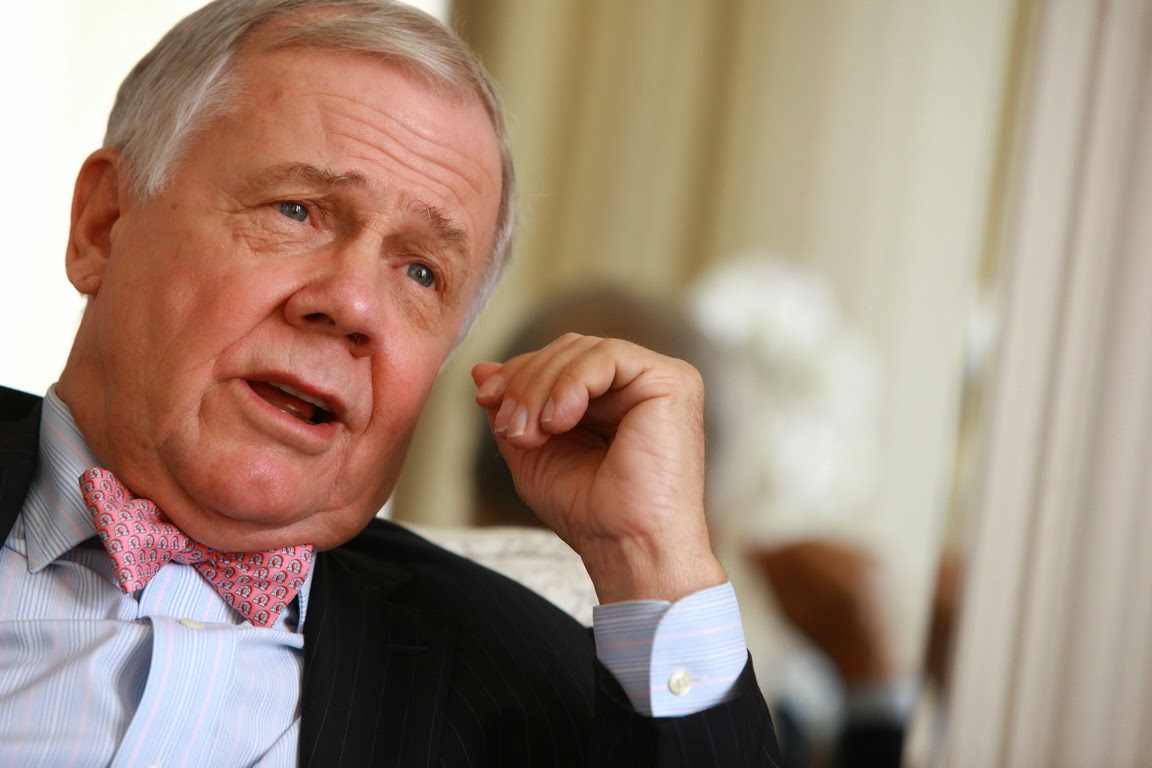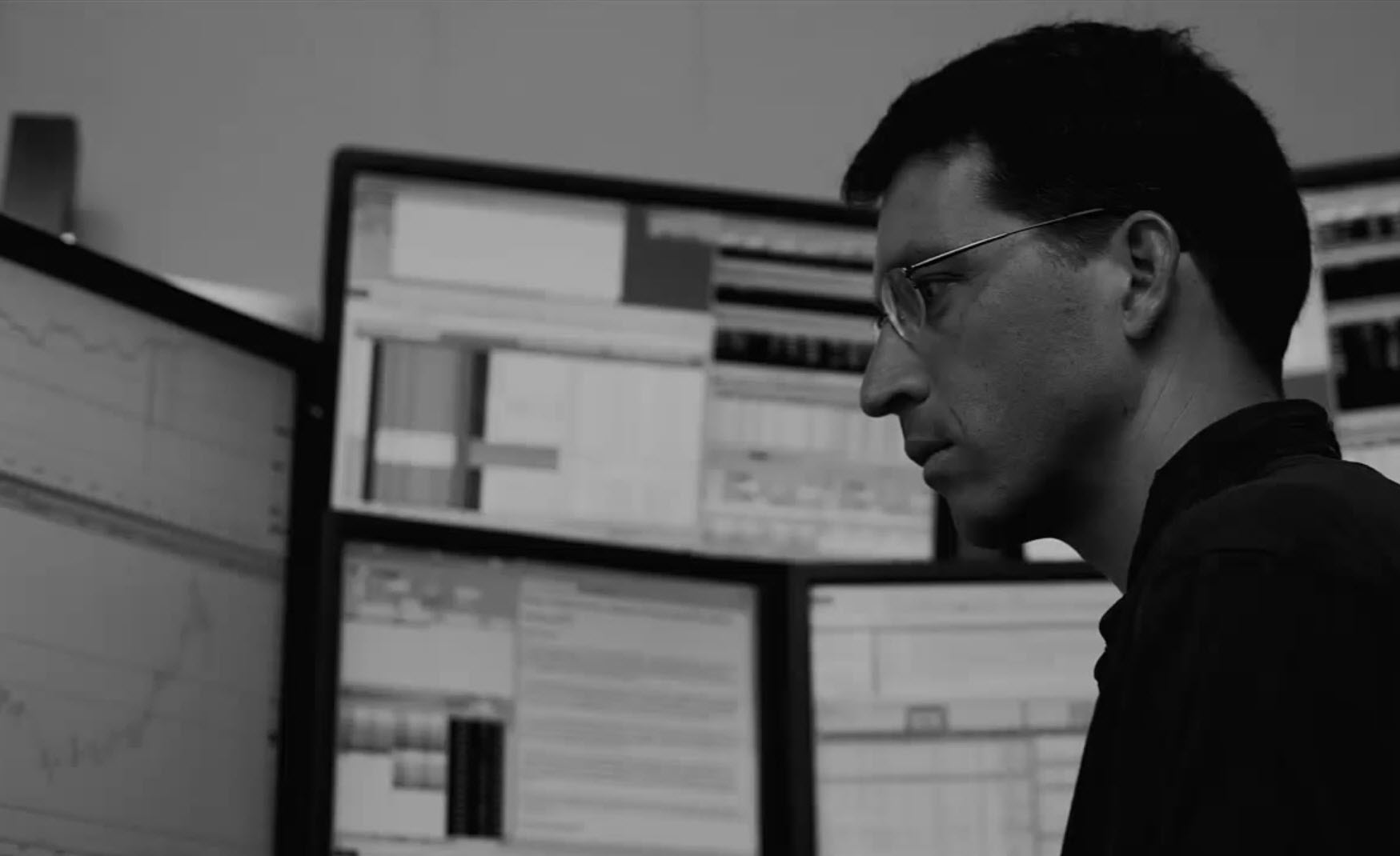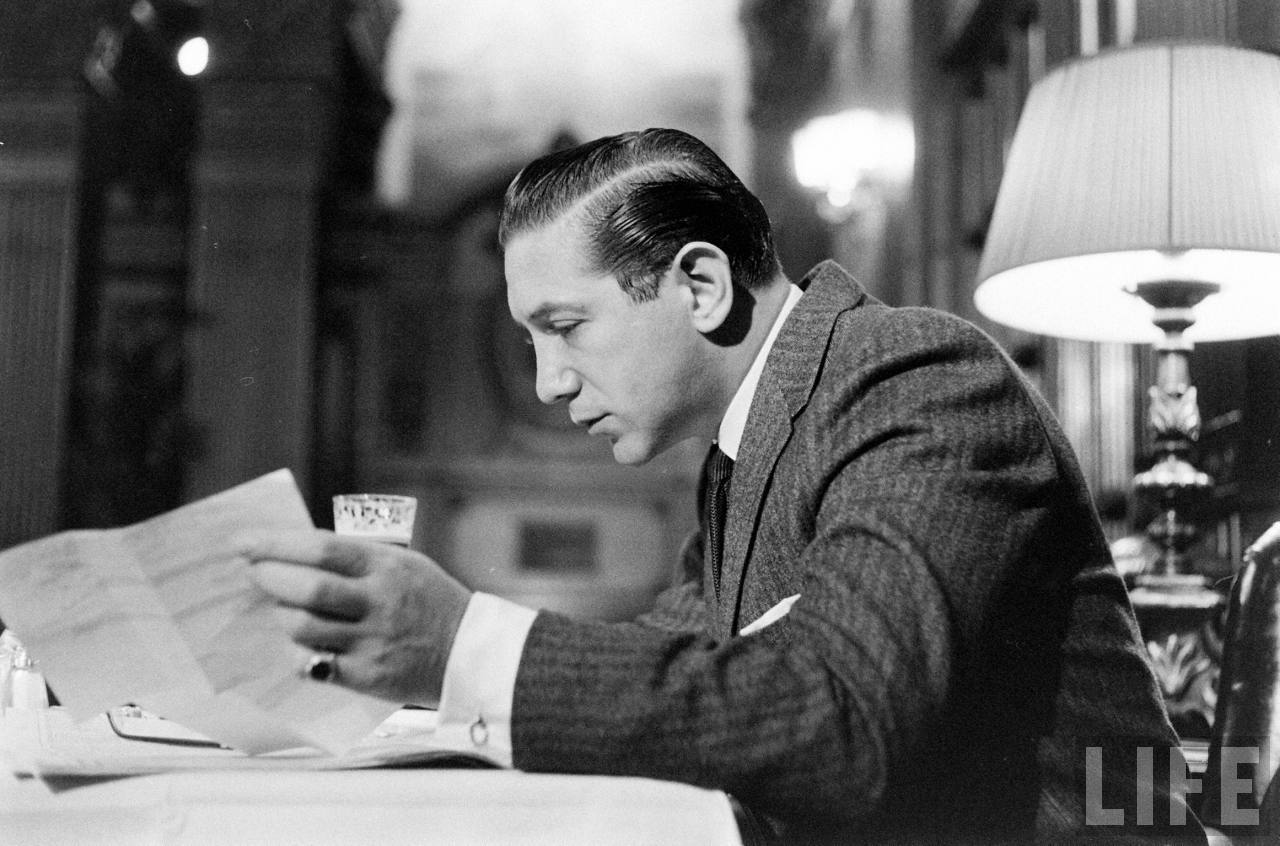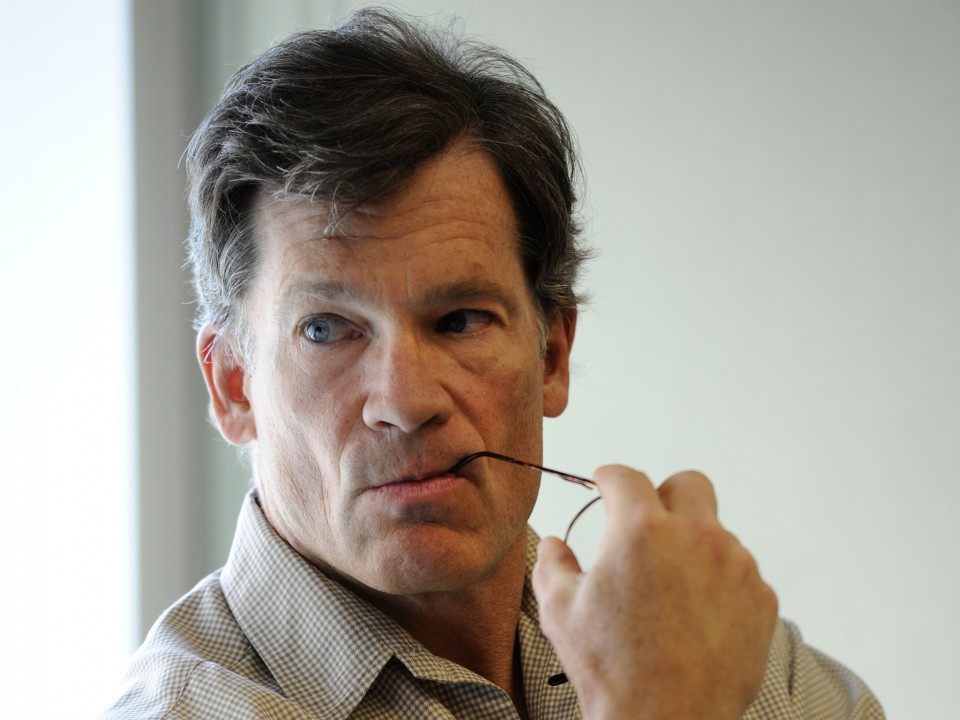A great example to follow is a must, in any line of business, but all the more so in trading. You’re not going to find a college that teaches day trading as part of the curriculum and it’s always better to get some practical, tried and proven advice from the best of the best—those who are actively in the trenches. So, here is the second lineup of some hugely successful traders that you will want to emulate—that is, if you want to be successful!
Table of Contents
Paul Tudor Jones
With a net worth of $4.6 billion and a decades-long track record of excellence, Paul Tudor Jones II is a star. His hedge fund, Tudor Investment Corp., was set up in 1980 and he has had a commendable track record, to say the least. In fact, his track record is one of the best-performing in the sector.
Jones is famous for his macro trades, with a special focus on commodities and currencies, those oh-so-yummy volatile markets. According to Tony Robbins, who coached Jones for a few years, the difference between him and the average trader is that Jones – like most hugely successful traders, doesn’t take disproportionately big risks. On the contrary, Jones only invests in trades that he believes will make him $5 for every $1 invested.
Download a PDF version of this post.
More importantly, Jones openly admits he is “a slave to the tape and proud of it.” Whatever amount of analytics you consume while preparing for a trade, whatever amount of fundamentals info you process, ultimately it’s better – and energy-saving – to just follow the chart.
You can follow Tudor Investment Corp on LinkedIn here:
Gregg Sciabica
Gregg was born with an entrepreneurial frame of mind that has served him so well that, just in the last two years, he ended up with $5 million in profits—each year. He started with sports bets, fascinated by the idea of making money by playing the numbers. Who isn’t! His play developed over the years, as trading became much more accessible and easy and Gregg seized the opportunity to utilize the knowledge and skills that his sports betting beginnings had given him.
The mark of his work is taking every single opportunity to make a hit, even if it involves a huge risk. He has even traded with cash advances from credit cards in the past. What lies at the core of his success is his eye for detail and the attention that he gives to every single aspect of trading- detals that could tip the scales one way or another. This includes everything from how ergonomic his trading desk is and how the computer monitors are placed, all the way to the psychology of other traders. It’s a tough gig, but one that clearly pays off.
You can follow Gregg on Twitter at @lx21
Jim Rogers
 Jim Rogers is another industry vet with a special flair for commodities and crisis markets. He is famous for not trusting the market too much and for making his own choices, often proving popular investment opinion wrong. This is what happened in the ‘90s, when he bet big on commodities, even though they weren’t as popular then as they are today.
Jim Rogers is another industry vet with a special flair for commodities and crisis markets. He is famous for not trusting the market too much and for making his own choices, often proving popular investment opinion wrong. This is what happened in the ‘90s, when he bet big on commodities, even though they weren’t as popular then as they are today.
As he puts it, “I look to see – when everybody’s convinced that X is correct – I look to see, well maybe X isn’t correct. So, when I find unanimity of a view, I look to see, maybe it’s not right. And, it usually isn’t right, by the way.”
This is a piece of truly valuable advice for beginner traders: you should never assume that just because everyone is saying something is true, that it really is true. One author calls Rogers’ strategy “the hated asset” strategy, precisely because of his wariness of conventional wisdom.
This strategy, just like any other one, does not guarantee total avoidance of losses, of course. But, the chance of incurring losses can be limited by a simple risk distribution tactic: Rogers just invests in more than one “hated asset” in an asset class.
Jim Rogers is also the author of several books that you might want to add to your reading list. You can never assimilate enough information! Traders could learn a thing or two from this man of financial success.
Nicholas Darvas
From show business to trading? Why not! That’s exactly what Nicholas Darvas did in the 1950s. That’s right – more than half a century ago. Darvas turned $36,000 into over $2.25 million, before there were online trading platforms, algorithms, all the cool tech tools we rely on today to make informed trades and stay ahead of the market.
Darvas had his own box-based strategy. The “box” here refers to the price range of a stock over a certain period. Darvas was no fickle trader—he closely watched industries and the most up-and-coming players in them to identify which stock prices were bound to move into higher boxes. Armed with only his talent and sheer determination and self-evaluation, he used masses of raw information to spot the next big thing and bet on it. Judging by his success, Darvas was a true virtuoso in picking the best of the best.
You can learn more about Darvas’ strategy here from his book How I Made 2,000,000 in the Stock Market
Louis Bacon
Paul Tudor Jones says of Louis Bacon that “there is probably no trader alive who has better risk control on an asset base his size.” Bacon is the head of the $9-billion Moore Capital Management hedge fund. He also doesn’t shy away from borrowing on top of these assets under management to take positions worth $20 billion.
A true star, Bacon is unusually secretive. But, maybe the macro game is better done quietly and not in the spotlight. Besides, the spotlight is for celebrities and here we have a star. Here is a star that started with a BA in American literature, of all subjects. But, shortly after graduation, he met the owner of a specialist firm, Walter N. Frank & Co., and started working there in the summers. The pull of finance proved strong and Bacon went on to earn an MBA in finance, trading commodities while in college.
Moore Capital Management came in 1989, followed by another fund, Moore Global Investments, which started with $25,000 from Bacon’s inheritance. Today, the trader has a net worth of $1.8 billion. A brilliant example of putting all your energy into an enterprise, risking big and reaping the equally big rewards.
Get Inspired For Success of Your Own
Take the time to study a few of the greats who went before you. Learn from them. Learn from their successes, as well as their mistakes. Taking the time to learn the game from those who have already played it—and won—is just one more tool that you’ll need in your trader tool belt. If you’re completely new to the world of stock trading, see just how easy it is to get started here.



